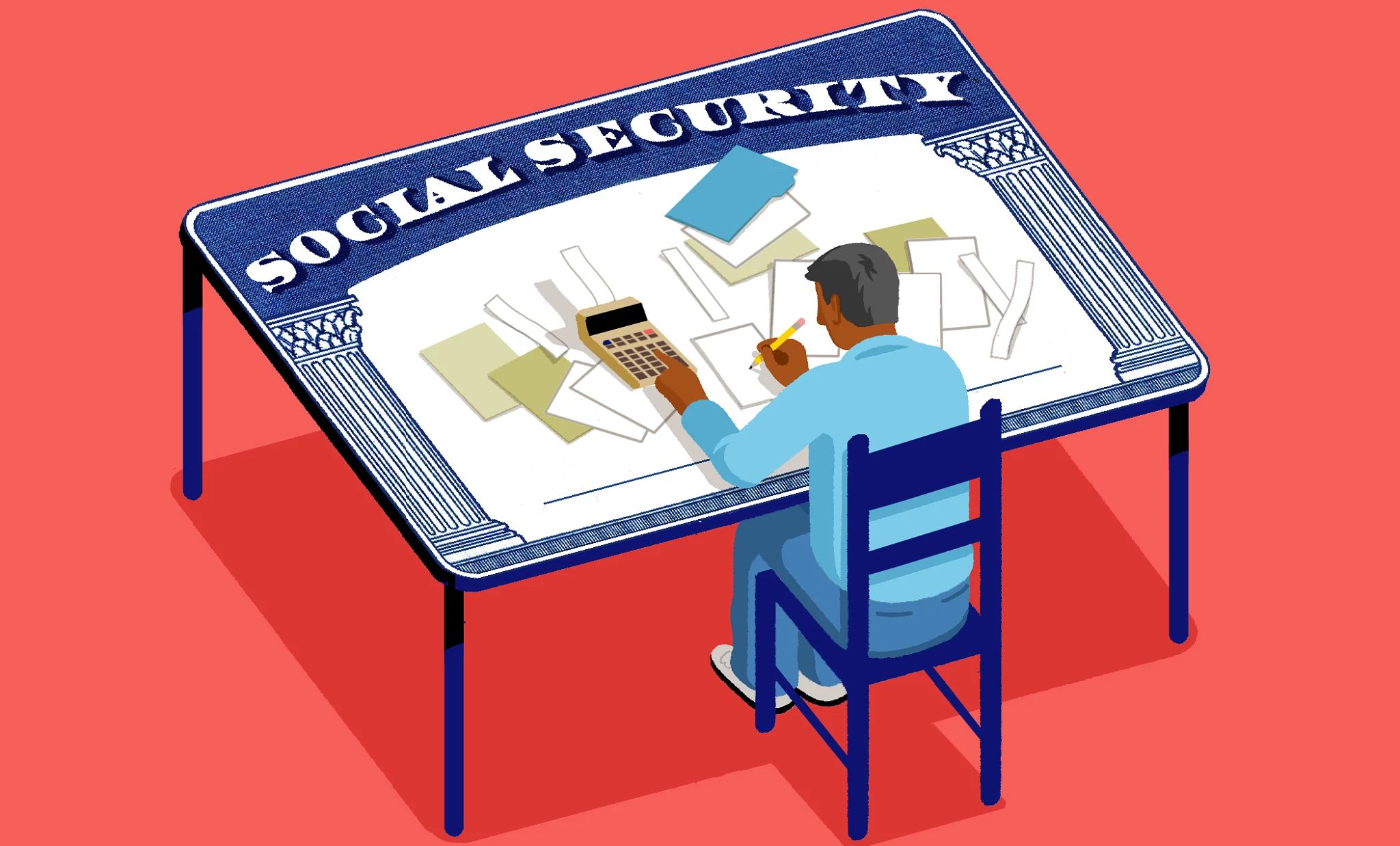AARP Hearing Center
If your New Year’s resolutions include finding a new job, work-from-home opportunities may sound especially appealing. While many remote positions are legitimate, some aren’t what they appear to be. Business and job opportunity scams have surged since 2020. According to the Federal Trade Commission (FTC), reports nearly tripled, and losses soared from $90 million to $501 million between 2020 and 2024.
Even if you're not job hunting, chances are someone you know is. Please share this information to help protect them against fake employer scams.
How It Works:
- You come across a listing on a job board, social media, or receive a text message offering a work-from-home opportunity—like processing paperwork, data entry, or clicking “like” buttons on videos or posts to boost a company’s online presence.
- The job often promises remote work with high pay for little to no experience.
- You may be asked to pay upfront for training and specialized equipment, or you may receive a check to "cover" these expenses.
What You Should Know:
- Criminals advertise jobs the same way real companies do, often impersonating well-known businesses or inventing fake ones. Their listing might look professional and include “testimonials” and personal success stories to make the offer seem real.
- The goal of the scam could be straight-up identity theft, or it could be to steal money or to use you to launder money.
What You Should Do:
- To ensure a job listing is legitimate, contact the company directly through its verified website or phone number.
- Research the employer by searching the company's name alongside words like scam, review, or complaint to see what other people are saying.
- Ask detailed questions before accepting any work-from-home offer. Clarify how and when you'll be paid and whether there are any up-front costs.
- Protect your personal information. Never share personal or financial details until you know a job offer is legitimate.





































































